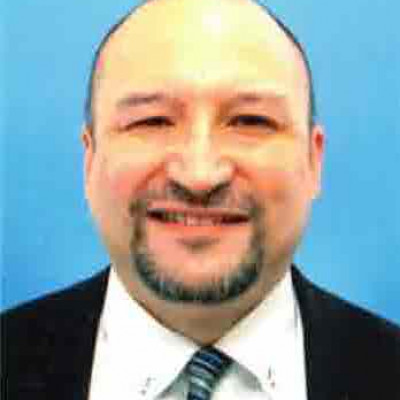Camilo Villanueva
Murray State University
Doctoral student at Murray State University. I research/study literature and English pedagogy, and I have worked in TESOL since 2004. I have recently presented on Charles Crocker, a 19th century working-class poet, Abe Kōbō, writer of Woman in the Dunes, and Nakagami Kenij, a Japanese writer of the social outcast community. I teach part-time at Nanzan University and Nagoya Women’s University.

Sessions
Integrating US Common Core Standards in Eikaiwa
Eikaiwa, or English conversation, teachers in Japan know “Presentation, Practice, and Production,” a popular strategy worldwide in TESOL. Here, an alternative approach in teaching eikaiwa to young learners is proposed. A common core standard for young English language learners by the Florida Department of Education was implemented into five continuous, 50- minute lessons for a class of five students, grades 1-3, as part of the practicum stage to obtain K 12 ESOL Florida teaching certification. The standard was unpacked and integrated into a lesson plan about “routine” that was dictated by the eikaiwa. A textbook series common throughout Japan was required; restrictions on content taught is common practice in eikaiwa in Japan. In addition, the teacher followed effective teaching principles outlined by the teaching certification program. The results showed four of five students achieving perfect scores on the summative assessment, which was based on the standard. In addition, students were able to use the language about “routine” required by the eikaiwa. This study reveals how teachers can become more effective by modifying typical eikaiwa lessons by incorporating content standards and using effective teaching principles. Furthermore, a path toward teacher licensing through distance is presented along with a discussion about future standards-based TESOL curriculum in eikaiwa.
LiLT Forum
In any classroom, including a language teaching setting, teaching literature is not just a means to increased vocabulary or grammatical constructs. Literary texts can be fairly linear with simple plots or richly ambiguous with a myriad of interpretations that require the reader to sift through the fine nuances of language. Some texts provoke the reader to ask, and more importantly attempt to answer, questions; perhaps questions the reader had never pondered. What criteria beyond language learning drives your choice of text? Perhaps there are cultural aspects that the text captures, or provocative story lines that challenge our beliefs. What deeper issues do you hope to raise with your students? In this LiLT forum, we would like to address this topic. Presenters will explain their criteria for text selection as well as other relevant issues. Integral to the forum's success is audience participation; questions and insights will be solicited and greatly appreciated. Non-members and LiLT members alike are encouraged to attend and enrich our friendly and inclusive forum.